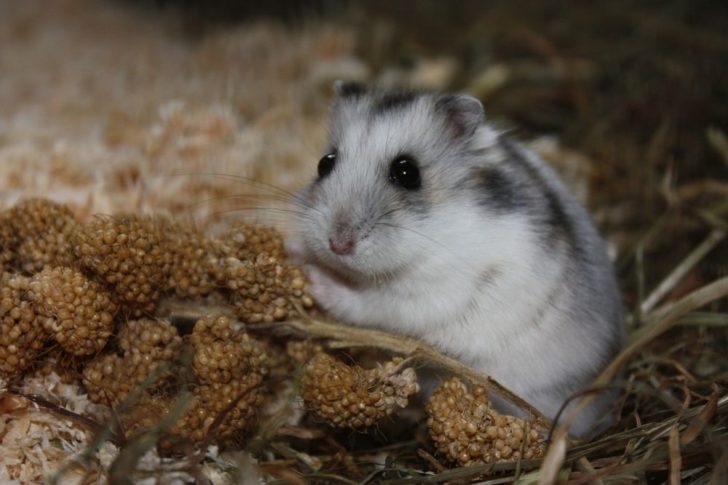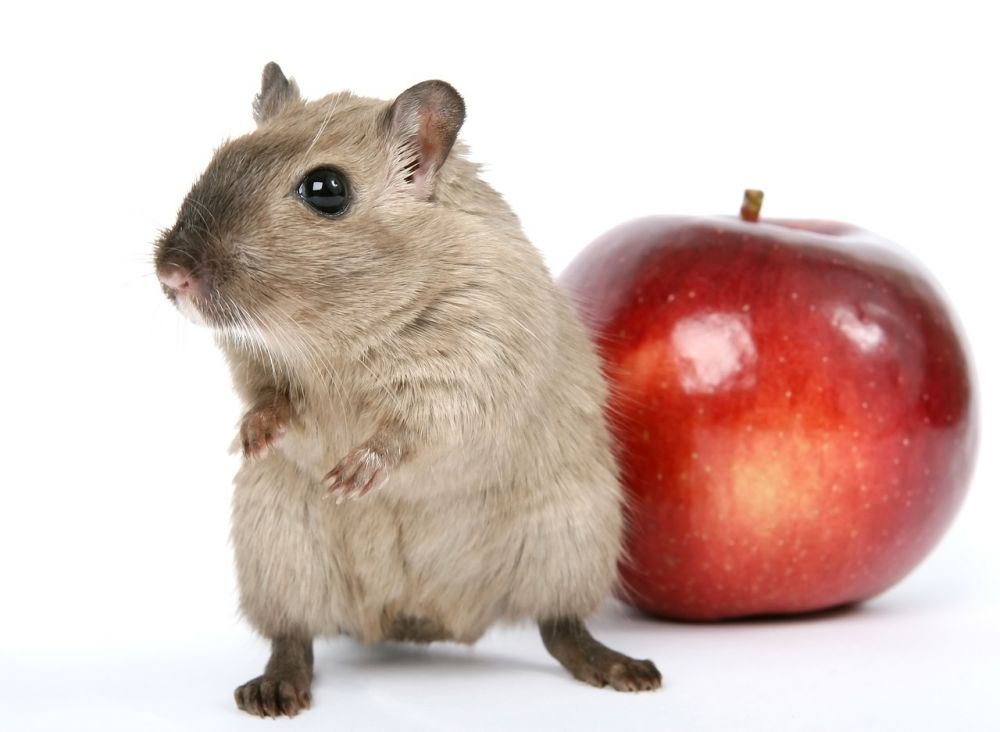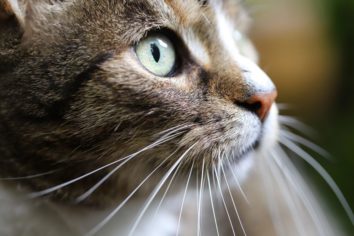Hamster Fat: The Comprehensive Guide

Introduction
Hamsters, adorable little creatures that they are, have unique dietary needs to keep them healthy and happy. One essential component of their diet is fat, but not all types of fat are suitable for these tiny rodents. In this article, we will delve into the world of hamster fat, providing an in-depth overview, highlighting different types, discussing their qualities, and presenting historical insights into the advantages and disadvantages of various options.
Overview of Hamster Fat

Hamster fat is a crucial dietary element for these tiny pets, as it provides them with energy and insulation. It is a concentrated source of calories that helps them maintain a healthy weight and supports their overall well-being. However, not all fats are created equal, and it’s essential for hamster owners to understand the different types available in order to make informed decisions.
Types of Hamster Fat
There are various types of hamster fat available, each with its own set of characteristics and popularity among pet owners. The most common types include:
1. Seeds and Nuts: These are popular sources of fat for hamsters and provide them with essential fatty acids. Examples include sunflower seeds, pumpkin seeds, and almonds.
2. Mealworms and Insects: While not solely made up of fat, mealworms and insects also contribute to a hamster’s fat intake. They are a protein-rich food source that contains a fair amount of fat as well.
3. Commercial Fatty Treats: Many pet stores offer commercially-produced fatty treats specifically designed for hamsters. These treats often come in the form of sticks or pellets and provide a convenient way to supplement a hamster’s fat intake.
Quantitative Measurements of Hamster Fat
When it comes to quantifying hamster fat, it’s crucial to strike a balance. While fat is necessary for hamsters’ health, an excessive amount can lead to obesity and related health issues. As a general guideline, fat should make up around 5-10% of a hamster’s daily caloric intake. It’s essential to monitor the amount of fat provided to avoid potential health risks.
Differences in Hamster Fat
Not all hamster fats are the same, and understanding the differences can help pet owners choose the right options for their furry friends. Some key factors that differentiate hamster fats include:
1. Omega Fatty Acids: Certain fats, such as those found in fish or flaxseed, contain omega-3 and omega-6 fatty acids that are beneficial for a hamster’s overall health.
2. Saturated vs. Unsaturated Fat: Just like in human diets, there is a distinction between saturated and unsaturated fats, with the latter being considered healthier. Choosing fats with higher levels of unsaturated fats can contribute to a well-balanced hamster diet.
Historical Advantages and Disadvantages of Hamster Fat
Over the years, hamster owners have experimented with different fat sources, leading to a better understanding of the advantages and disadvantages associated with each option. Some historical insights include:
1. Seed and Nut Mixtures: These have been a popular choice among pet owners due to the natural fatty acids present in seeds and nuts. However, excessive consumption of these fatty treats can lead to weight gain, so moderation is key.
2. Insects and Mealworms: Historically, hamsters have had these protein-rich creatures as part of their natural diet. They are an excellent source of fat and protein, but precautions should be taken to ensure they are properly prepared and free from harmful substances.
In conclusion, hamster fat plays a crucial role in the overall health and well-being of these adorable pets. Understanding the different types, quantifying their intake, and considering their variations are essential for responsible pet ownership. By following these guidelines and making informed choices, hamster owners can ensure their pets receive the right amount of fat to thrive and lead a happy life.
[INSERT VIDEO HERE]
Remember, while hamsters love their treats, a balanced diet and proper monitoring are essential for their long-term health. So, go ahead, provide your hamster with the right kind of fat, and watch them flourish in your care!
References:
– ”Importance of Diet for Hamsters.” Humane Society International.
– ”Feeding Your Pet Hamster.” Royal Society for the Prevention of Cruelty to Animals (RSPCA).
– ”Feeding Your Pet Hamster.” The Hamster House.
FAQ
How much hamster fat should be included in a hamsters diet?
What are the different types of hamster fat?
What is the role of hamster fat in a hamsters diet?
Fler nyheter
Ett paradis för katter i Jönköping
Introduction Hamsters, adorable little creatures that they are, have unique dietary needs to keep them healthy and happy. One essential component of their diet is fat, but not all types of fat are suitable for these tiny rodents. In this article, we ...
09 juni 2025
Allt du behöver veta om hundtrim i Sölvesborg
Introduction Hamsters, adorable little creatures that they are, have unique dietary needs to keep them healthy and happy. One essential component of their diet is fat, but not all types of fat are suitable for these tiny rodents. In this article, we ...
06 april 2025
Den underbara blandrasen Havapoo: En perfekt familjehund
Introduction Hamsters, adorable little creatures that they are, have unique dietary needs to keep them healthy and happy. One essential component of their diet is fat, but not all types of fat are suitable for these tiny rodents. In this article, we ...
04 mars 2025
Ett paradis för hundar: Hunddagis i Jämtland
Introduction Hamsters, adorable little creatures that they are, have unique dietary needs to keep them healthy and happy. One essential component of their diet is fat, but not all types of fat are suitable for these tiny rodents. In this article, we ...
04 januari 2025











